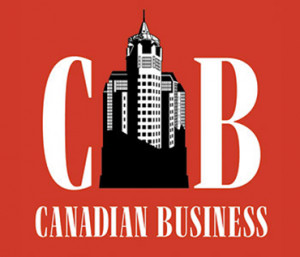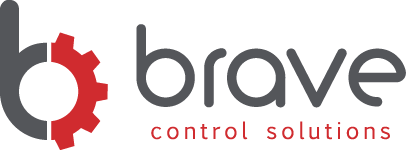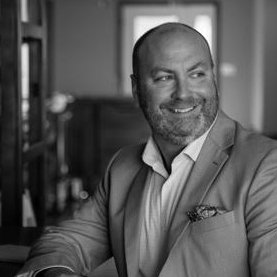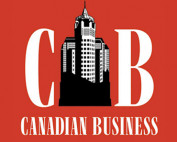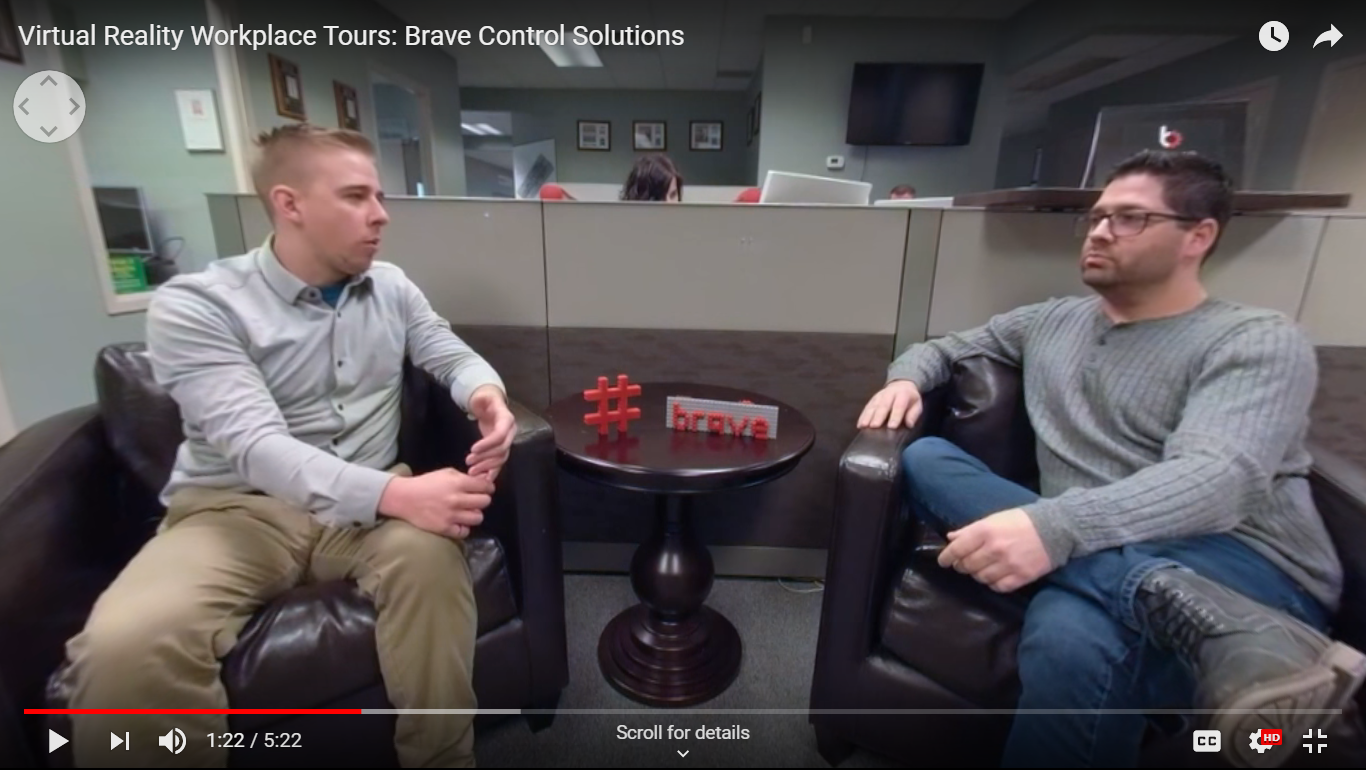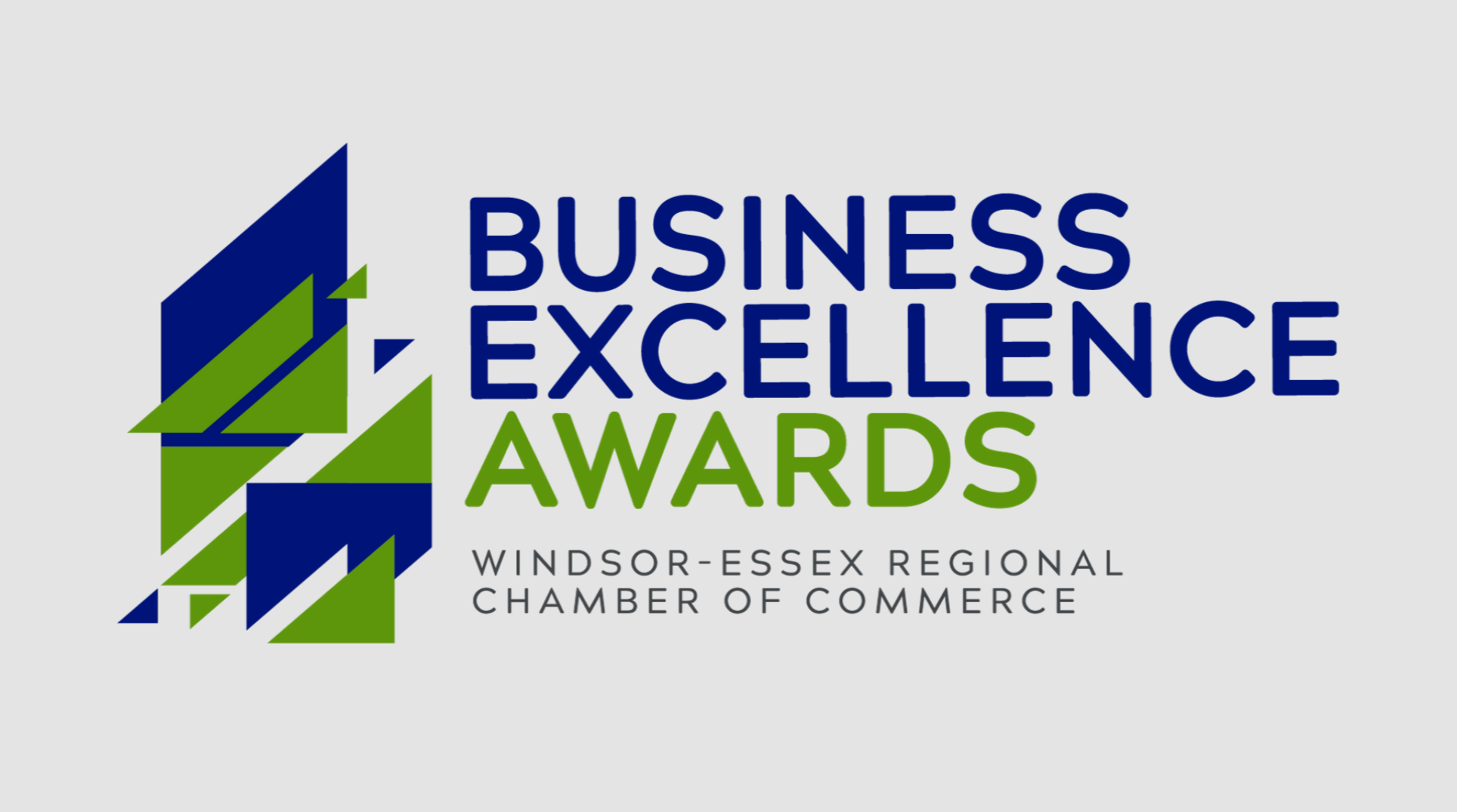Like so many entrepreneurs, I forged my startup in situations that were far from ideal.
I launched Brave Control Solutions at the start of 2008…
Serving a client base made up mainly of auto manufacturers…
In Ontario’s industrial heartland.
To say the banks were afraid of me is a massive understatement. There was no way I’d be getting a loan from any conventional lender.
So, I followed the path of many before me and used my personal line of credit to bankroll the launch. But I quickly discovered this wasn’t a long-term solution. If I wanted my business to have a fighting chance, I’d have to be resourceful, pragmatic and extremely attuned to how every penny was spent. In other words, I couldn’t be a dreamer—I’d have to be a realist.
It’s worked. We’ve won major clients, including giant automakers, and our sales have grown from $80,000 that first year to an expected tally of more than $10 million in 2013. I took on a partner in 2009 and we now count more than 20 staffers on our payroll. And there’s no doubt in my mind that our success is in large part due to our sensible approach to financing the business at the start.
Here are a few of the things you can do to fund a business without anyone else’s cash.
1. Spend the firm’s money like it’s your own
After all, it probably is. If you can’t get a loan, you’re likely dipping into personal reserves, as I did. And if you don’t want to lose your home, your car or your retirement savings, you’re going to have be frugal.
That means being a smart shopper. Negotiate with vendors. Skimp on the low priorities; spend money only on the essentials that will make you money. For us, that was the tech tools we need to do our work. Everything else was a nice-to-have, not a need-to-have. Initially, our office and furniture may have been shabby, but the computers we needed to do our work were state-of-the-art.
In our line of work—engineering—companies usually stock up on expensive equipment. We didn’t have the money to do this, and we resisted the temptation to max out my personal line of credit to do so. I’m glad we did; hardware changes so fast, and the variety required in our industry is so large the we could never buy the right or most up-to-date stuff fast enough. Instead, we’d borrow equipment from our distributors, who were surprisingly open to lending. When ordering new and/or unfamiliar equipment for a clients project, we’d schedule early delivery so we could fully acquaint ourselves with it before deployment. And if both of these options were not available then would use software to simulate our programs instead of testing them on live machines. This was not exactly quite as efficient as testing on live machines or hardware, but it was a great value trade-off. As a result, we kept overhead expenses to the bare minimum.
2. Pay as you go
Traditional business books advise entrepreneurs to lease and/or borrow to cover capital or operating costs. That wasn’t an option for us at the beginning, and we continue to be wary of it today. We like to keep monthly expenses low, which means we buy items only when we have the cash to do so. This keeps us nimble and lean when times are tight.
One exception is when we’re offered 0% interest rates. If someone’s going to let us borrow for free, we’re going to take it. But we’ll only do so if we have the cash to cover the purchase at the outset.
3. Keep a war chest
I believe that the strongest companies are the ones with cash reserves. From Day 1, we have been disciplined about storing cash away in the bank to deal with unforeseen expenses. Yes, this has meant taking lower dividends in the short term. But this reserve gives me peace of mind—we keep enough in it to cover a few pay periods for staff, meaning that if everything else goes awry, we’ll always make payroll. And we use the reserve to hedge against a bad exchange rate when we’re paid in U.S. dollars. It’s hard to sit on money in the bank when you’re in growth mode, but for us it’s been an invaluable approach.
The irony of all this is that we no longer need to be so prudent. By growing our business this way, the banks now look at us quite favourably—in fact, many are now soliciting our business. We now have ample credit at our disposal to help fund our further expansion. But I have no intention of abandoning our frugal fundamentals; they’re what have got us where we are today.
ABOUT BRENT MCPHAIL
